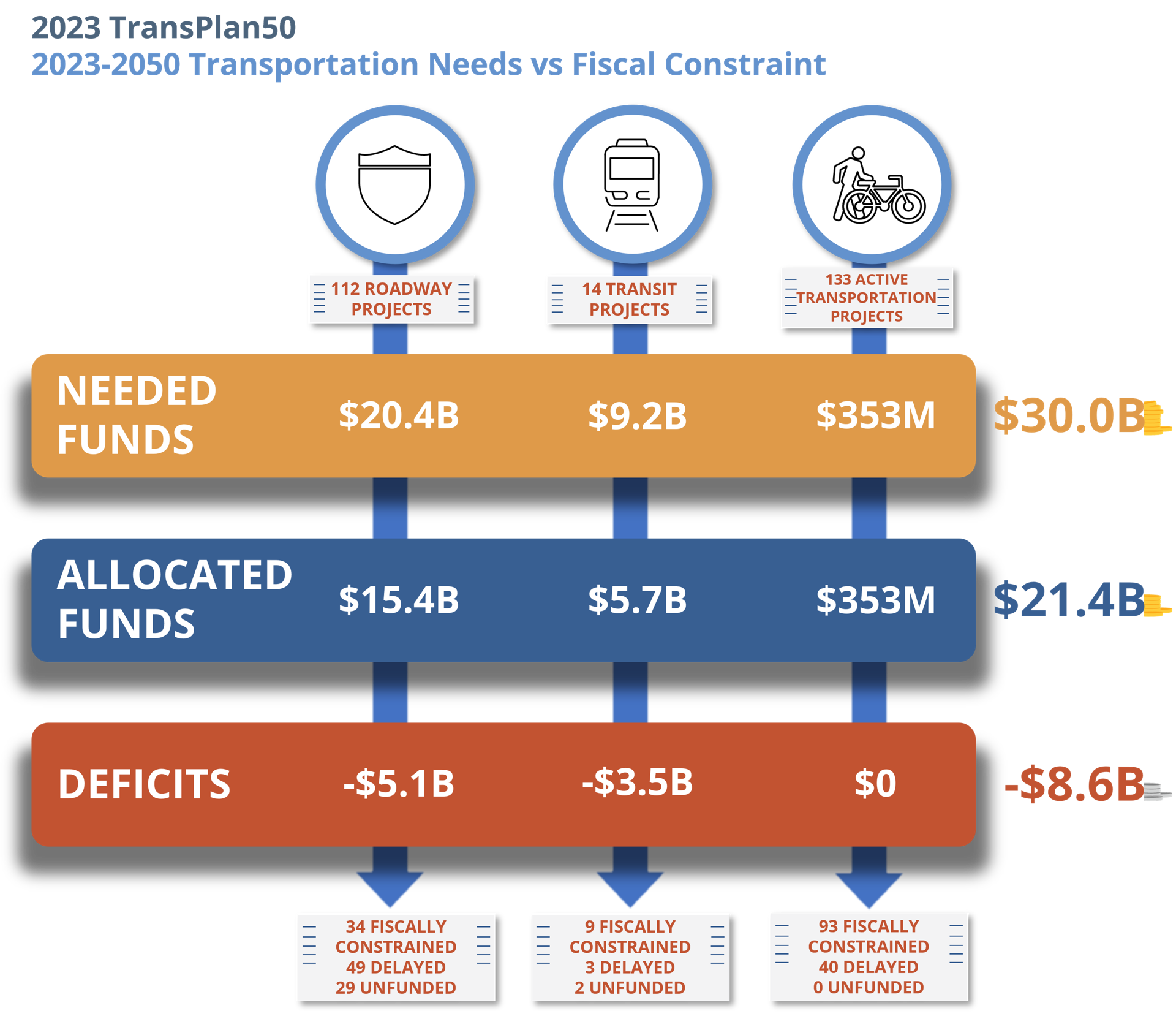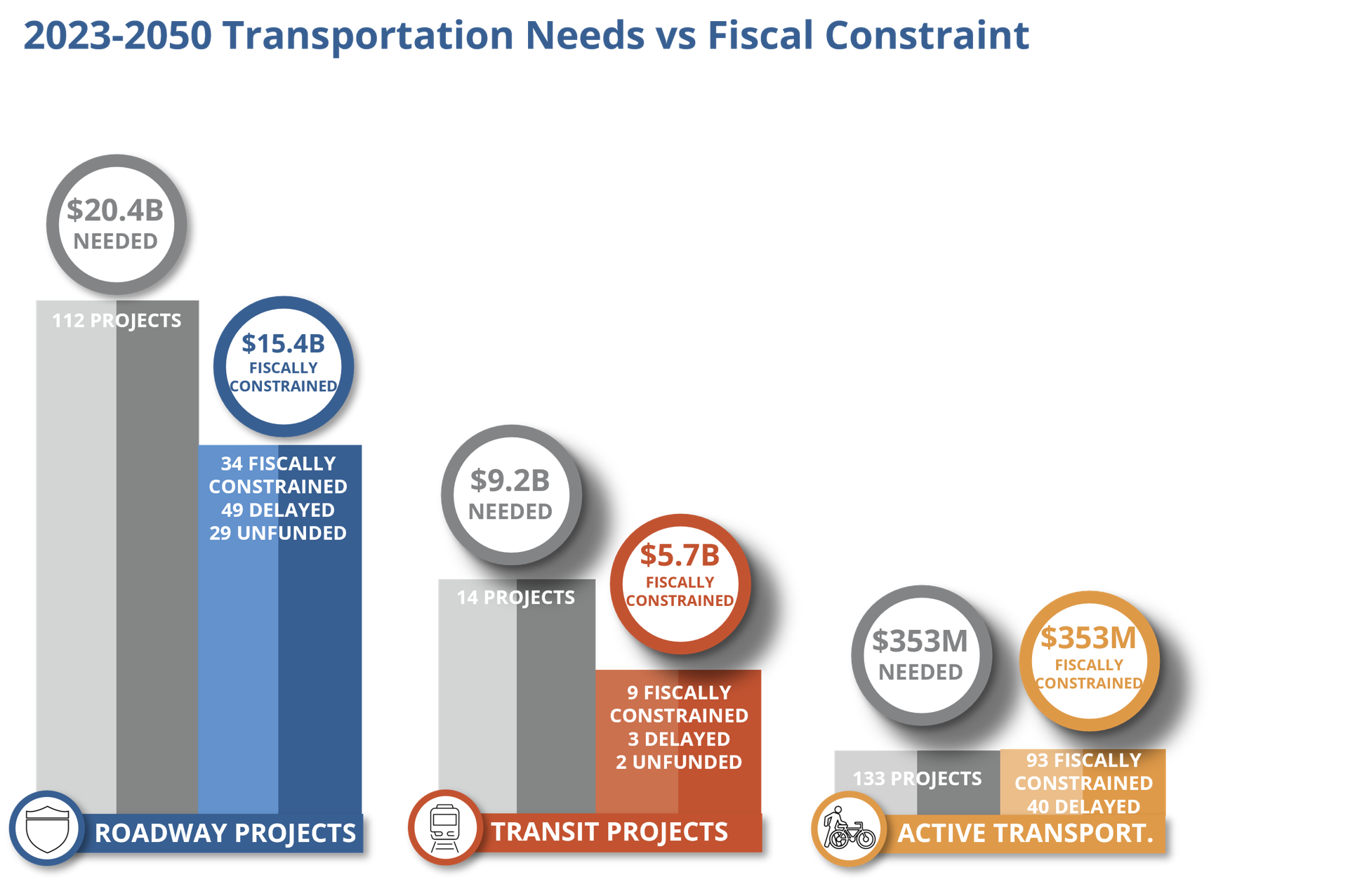2023 TransPlan50 TIMELINE
2020-2023

![]()
Metropolitan Planning
Mountainland Metropolitan Planning Organization (MPO) has the task of planning for urban Utah County regional transportation needs. Located at the southern end of the Wasatch Front region of Utah, the MPO encompasses the rapidly growing Provo/Orem Urbanized Area and includes all 25 Utah County municipalities and contiguous unincorporated areas. Urbanization and the locations of major transportation facilities are constrained by physical boundaries including steep mountain terrain to the east and west and by the large, centrally located Utah Lake. The urban area is roughly bisected by I-15, the only freeway currently within Utah County.
The MPO creates a forum, bringing together urban leaders with state and federal transportation officials, opening dialogue and providing a process for all to be involved in planning and funding the areas transportation needs. MAG has a strong history of working together with stakeholders and accomplishing results.

![]()
Population Growth
A GROWING REGION
Historically, population growth in Utah County has been robust, rising by 35 percent in each of the last two decades, and surpassing one half million people in 2009. More recently, the Provo/Orem area was the fourth fastest growing metro area in the country with the population now exceeding 700,000.
While the mainly rural transportation system had been over-taxed and unable to sustain such rapid growth, early in the last decade, the state and county invested nearly $4 billion in highway and rail projects, making a significant impact towards easing congestion and creating better connectivity.
The cities of Provo and Orem have always been the urban core of Utah County, but this is changing. The two largest metropolitan areas in the state, Salt Lake City and Provo/ Orem, converge at the Point of the Mountain, creating a natural center for high growth in both jobs and population.
Growth, based off of state population, household, and employment projections, dictates where expansion of the regional transportation system needs to occur.
![]()
Revenues, Costs, Deficit
to Operate, Maintain, and Expand Transportation
Funding assumptions for TransPlan50 are based on coordination between Utah MPOs (Cache, Dixie, Mountainland, and Wasatch Front), Utah Department of Transportation (UDOT), and Utah Transit Authority (UTA). Utah follows an advanced practice in the development of a statewide Unified Transportation Plan (summary of all MPO, UDOT and UTA plans). To ensure consistency within the Unified Plan, each individual plan follows a standard set of demographics, financial revenue, cost estimating, and related assumptions.
TransPlan50 funding assumptions are developed for planning purposes only. Transportation funds are generated from several sources, including sales tax, tolls, bonds, and state, local, and federal excise taxes on various fuels, and credit assistance sources. Future funding is based on past trends, no outside the norm funding assumptions are made. All revenues and costs listed in the plan are shown in 2023 dollars.


FISCAL CONSTRAINT AND IMPACTS ON NEEDED PROJECTS
Expansion of the roadway system is the primary need underfunded in the plan. The first ten years of the plan, or Phase 1, has limited highway capital funding available. This funding shortfall leaves little funding available to fund immediate-need projects. With limited available funding, only $2.4 billion of the $13.6 billion in identified needed projects is funded when needed. This equates to 34 of the 112 planned roadway projects being funded on time. This impacts later phases in the plan causing 49 roadway projects totaling $6.0b to be delayed 10+ years. 29 rodaway projects totaling $5.2 billion are not funded at all. Transit and active transportation projects do not have the same shortfalls in funding and their costs pale in comparison to the roadway costs.
